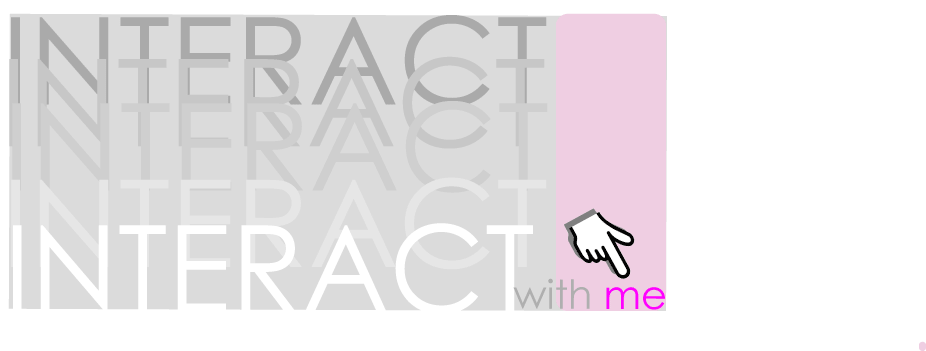DEFINITION
Storyboards are a series of illustrations displayed in a sequence to foretell animated or live-action sequences. They are beneficial tools in helping designers visualise screen-based interaction and motion graphics as a layout of events seen through the camera lens or on screen.
Storyboards are essential for designers of interaction as they are a large comic strip of the proposed interactive or animated piece used to help designers visualise scenes, interaction, the treatment of time and detection of any errors.
Generally when constructing a storyboard the technical details involved with an interactive can be clearly described either in picture, notation or instruction symbols.
Often storyboards include arrows (→) or instructions that indicate:
- Movement,
- Key points of interest
- Visual changes in navigation and interaction
- Overlay graphics
- Shot sizes/ratios.
The visual thinking and planning that goes into a storyboard allows designers to develop their ideas clearly.
Typically, there is no exact set of rules in creating a storyboard , however, it is important to remember that you are aiming to develop a professional planning document, where presentation standards are important.
Examples of a story board: Steps 1-4 in making toast









No comments:
Post a Comment